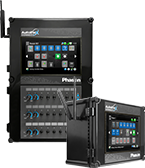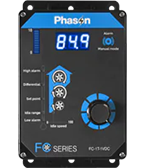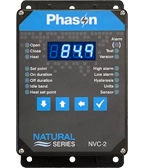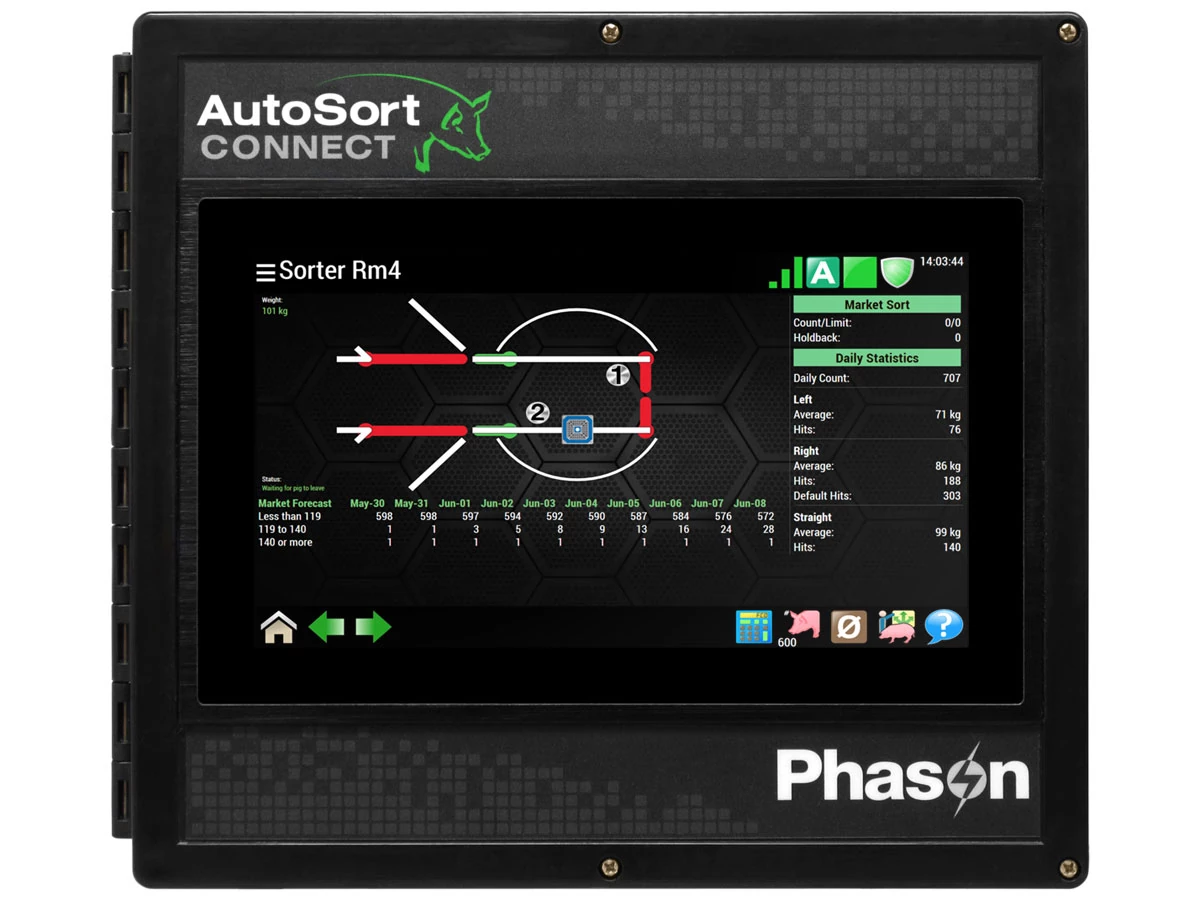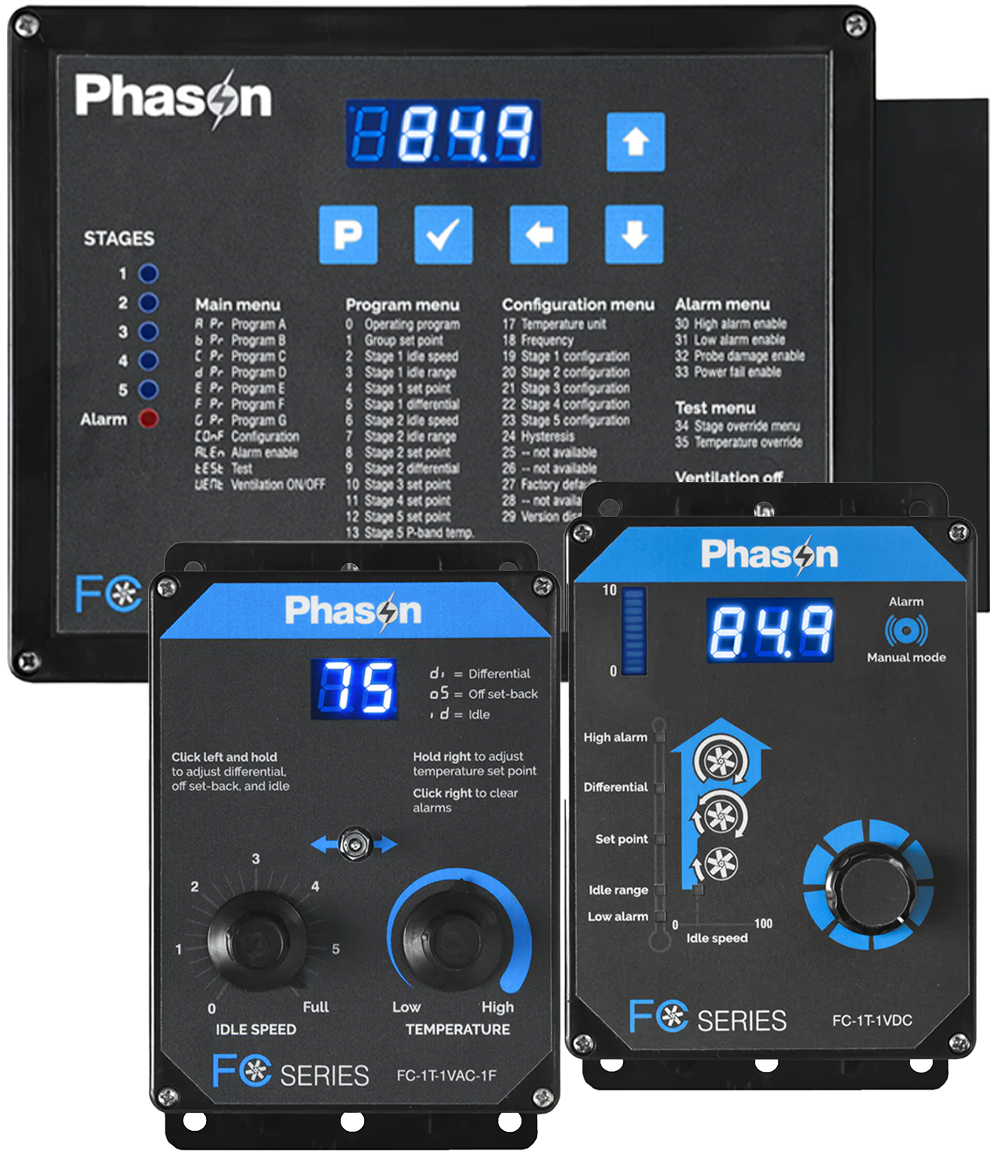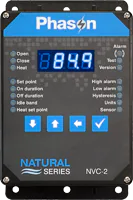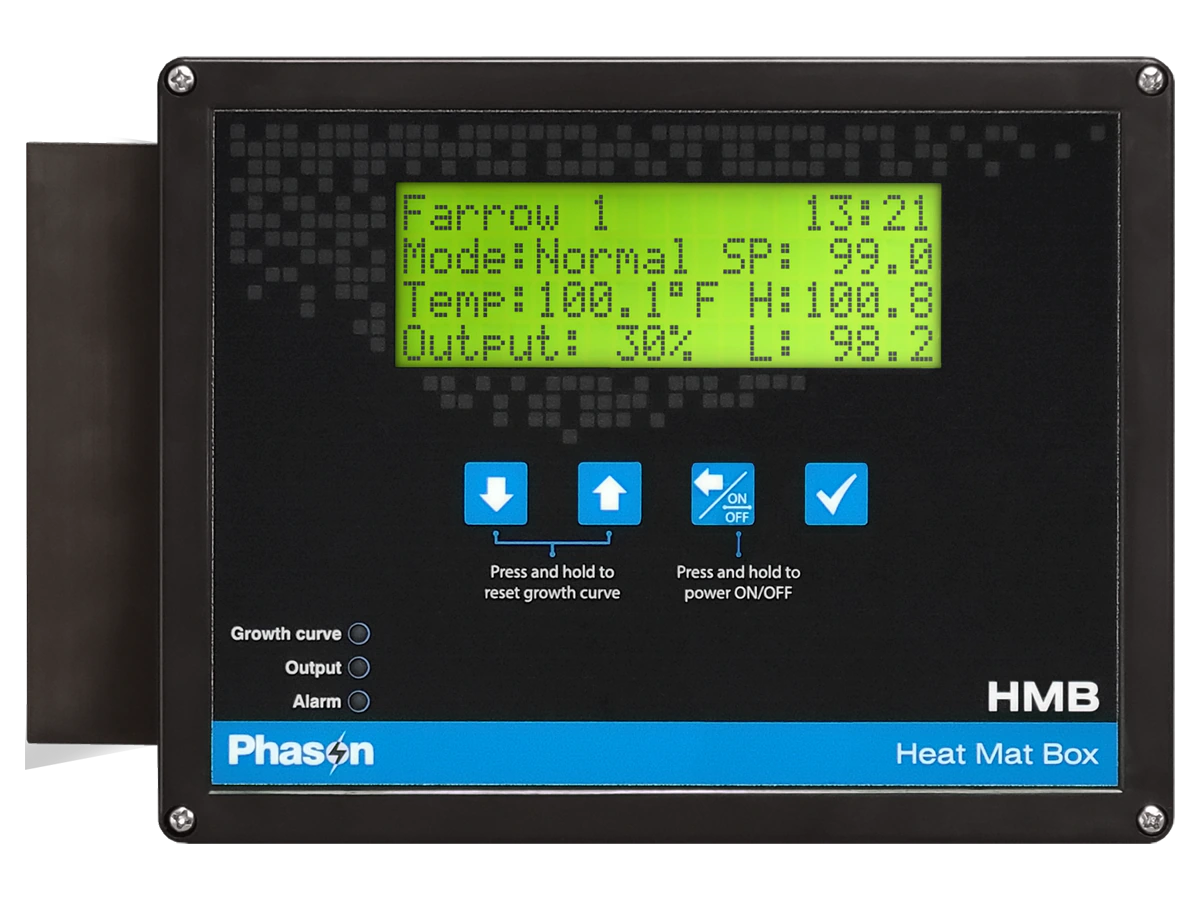
Imagine starting your day before dawn, heading out to the barns where the air is thick and stale. As a livestock farmer, you’re constantly battling to maintain the right environment for your animals. Without advanced ventilation systems, you rely on manual adjustments to fans and vents, a time-consuming and often inaccurate process. Every hour, you’re checking and rechecking the temperature, humidity, and air quality, hoping that your efforts will be enough to keep your animals healthy and productive. Despite your best efforts, conditions can quickly become unstable, leading to stressed animals, decreased productivity, and increased energy costs.
In this challenging environment, maintaining optimal conditions is not just about comfort—it’s about survival. Without the precision and real-time control offered by advanced systems like VentGrid, you’re left with the constant worry that something might go wrong, impacting your animals and your bottom line.
How VentGrid Transforms Livestock Barn Management
Proper ventilation is crucial for maintaining the health and productivity of livestock. Phason’s VentGrid technology offers a revolutionary solution for optimizing ventilation in barns, ensuring that animals remain in a comfortable and controlled environment. Here’s how VentGrid can transform your livestock operation:
Precision Control for Optimal Conditions
VentGrid allows for precise control of environmental factors like temperature, humidity, and air quality. This precision ensures that livestock are always in the best possible conditions, reducing stress and improving overall health. VentGrid monitors these conditions in real-time and makes necessary adjustments automatically, so farmers can rest assured that their animals are always in a stable environment.
Staged Ventilation for Energy Efficiency
One of the standout features of VentGrid is its ability to implement staged ventilation. Rather than running ventilation systems at full power all the time, VentGrid can gradually increase or decrease ventilation as needed. This not only ensures the environment remains optimal for livestock but also significantly reduces energy consumption. Lower energy use translates to cost savings, making the operation more sustainable.
Integration with Existing Equipment
VentGrid easily integrates with existing equipment in livestock barns, making the upgrade process seamless. It works with variable and fixed-stage fans, inlets, and more, ensuring that farmers can enhance their current systems without needing a complete overhaul. This adaptability makes VentGrid a cost-effective solution for optimizing ventilation in any livestock operation.
Real-Time Monitoring and Adjustments
With VentGrid, farmers have access to real-time data on barn conditions, enabling them to make informed decisions and adjustments on the fly. Whether it’s through a central control panel or remotely via a mobile device, VentGrid provides the flexibility to manage ventilation from anywhere, at any time. This level of control is particularly useful in responding to sudden changes in weather or unexpected equipment issues, ensuring that livestock remains comfortable and productive.
Improved Animal Health and Productivity
Optimizing ventilation inside a barn is equivalent to improving livestock health and productivity. With VentGrid, farmers can create a consistent environment that supports their animals’ well-being. Healthier animals are more productive, whether through increased milk production in dairy cows or higher egg yields in poultry. Over time, these improvements lead to better overall farm profitability.
VentGrid from Phason Controls is essential for livestock farmers looking to optimize their ventilation systems. By providing precision control, energy efficiency, and real-time monitoring, VentGrid ensures that livestock barns are always in optimal condition. This not only improves animal health and productivity but also reduces operational costs, making it an essential tool for modern farming.

